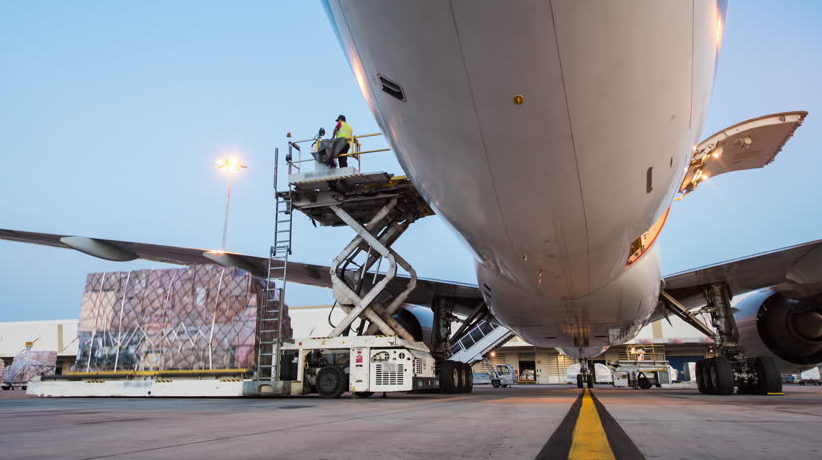However, there are signs the trend may not last. The ebb and flow of coronavirus containment and spread in different regions of the world presents a cautionary note against expectations the airline industry recovery will continue in a straight line without interruption, and that cargo capacity won’t be sidelined in the process.
Cargo prices are dropping on most international routes, with the key China-to-Europe and China-to-U.S. lanes down about 9.8% last week and 70% overall from the peak in May, according to The Air Cargo Index, which closely tracks the market.
Airlines are quickly adding passenger routes back into their networks after shuttering most operations for more than two months because of COVID-10, the novel coronavirus. That is partially alleviating a large transport-supply shortage that makes it difficult for businesses to easily and affordably move goods since passenger planes constitute more than 50% of global cargo capacity.
Pump the brakes
As many economies are reopening, airlines have reinstated passenger services, which added more cargo capacity. The bounce in travel demand has been a pleasant surprise for airlines, but industry officials say they still expect a slow, uneven recovery that takes at least three years to approach the amount of business enjoyed in 2019.
Last week Hong Kong updated its COVID-19 prevention and control measures, requiring all air-crew members arriving at the city’s airport to provide throat saliva samples at a government facility nearby. Scrambling to put procedures in place for their crew, several airlines were forced to cancel their routes until they could accommodate the change.
Finally, several global economies, including the United States, are experiencing a resurgence in COVID-19 cases. The sharp increase in cases has led to a rise in demand of personal protective equipment (PPE), often sourced in China. As a result, it can be expected that rates will once again increase, at least in the until cases and demand levels off again.
Source: Freightwaves, Bloomberg


